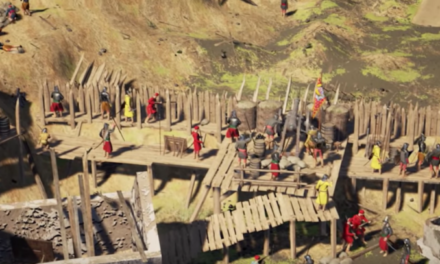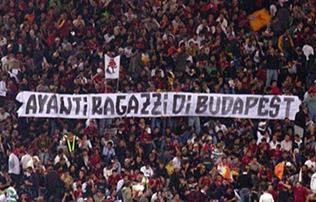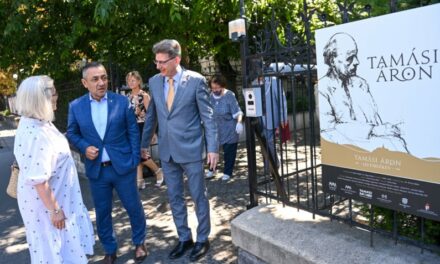Alajos Hauszmann was born on June 9, 1847 in Buda. His life and work were decisive in the history of Hungarian architecture and played a significant role in Budapest becoming a real world city at the turn of the century.
Early years and the beginning of an architect's journey
Hauszmann's childhood was spent in peace and prosperity. As a teenager, he was fond of chemistry and rowing on the Danube. He also founded a boat club with his friends, although after a nasty capsize, his parents forbade him from water sports. However, his passion for water remained even in his adulthood, and he became one of the initiators of the first Balaton Sailing Association.
After his father's early death, Hauszmann took on private apprentices and then studied as a mason at the Realist School. At that time, masons not only did the construction work, but they were also entrusted with the design of the houses. Hauszmann later assumed a significant role in that
an independent architectural engineering course should be established in the Hungarian language at the University of Applied Sciences.
He taught here for more than four decades, exerting a great influence on the following generations of Hungarian architects.
Inspirations and style – This is where Hauszmann got his inspiration from
During his study trip to Italy, he was fascinated by the Renaissance style, which greatly influenced his work. According to his creed, architecture should reflect the values of previous eras, which is why he created mainly in the spirit of historicism, from Budapest to Cluj. Among its best-known buildings are the New York Palace, the Royal Mansion and the main building of the University of Applied Sciences.
Thanks to his work, Budapest gained international recognition and the city became an object of architectural admiration.
The Budavári Royal Palace crowned his life's work
In 1882, the design of Alajos Hauszmann and Imre Steindl received the same number of votes in the tender for the design of the Parliament, but in the end Steindl was awarded the commission.
The pinnacle of his life's work was the design and construction management of the Royal Palace in Budavári. After the death of Miklós Ybl, in 1891, Hauszmann was commissioned to expand the palace. In the course of his work, he created one of the most prestigious palace courtyards in Europe, and by extending the palace to Szent György Square, he developed its current form.
He was outstanding not only as an architect, but also as a person.
During World War I, for example, he created a hospital in the guest house of his castle in Venice, where war wounded were received.
The saddest period of his life came during the Soviet Republic, when he was blacklisted and had to flee to the countryside with his family.
He managed to survive the ordeal and finally died in 1926 at the age of 79.
His remains were set up in the auditorium of the University of Technology, and from there they were taken to the Fiumei út cemetery. His grave monument was designed by his son-in-law, Dezső Hültl, with the cooperation of Viktor Vass. On the tombstone stands a vase, in front of which is a female figure with an ivy wreath, there are rulers on the pedestal, and in the background the relief of the Royal Palace.
Alajos Hauszmann's legacy
Alajos Hauszmann left a lasting mark on Hungarian architecture and the cityscape. Through his work and heritage, he lives on in the Hungarian architectural traditions. Today, on the anniversary of his birth, we remember him with respect and admiration, who greatly contributed to Budapest becoming a cosmopolitan city and the international recognition of Hungarian architecture.
Featured image: National Hauszmann Program / Facebook













